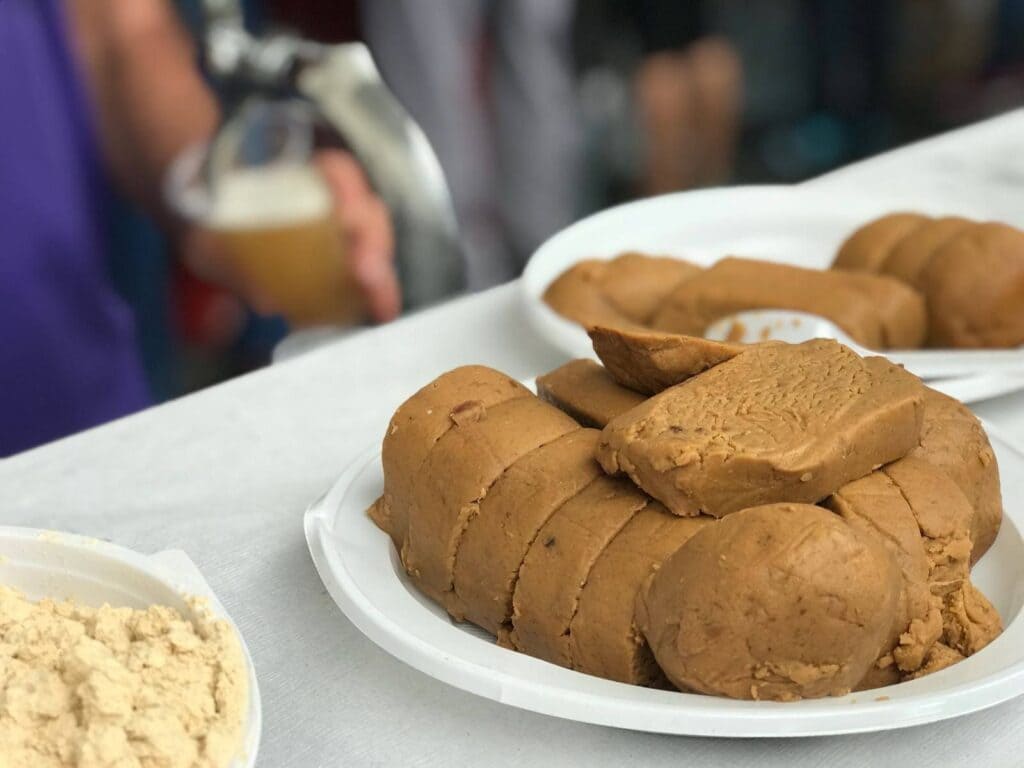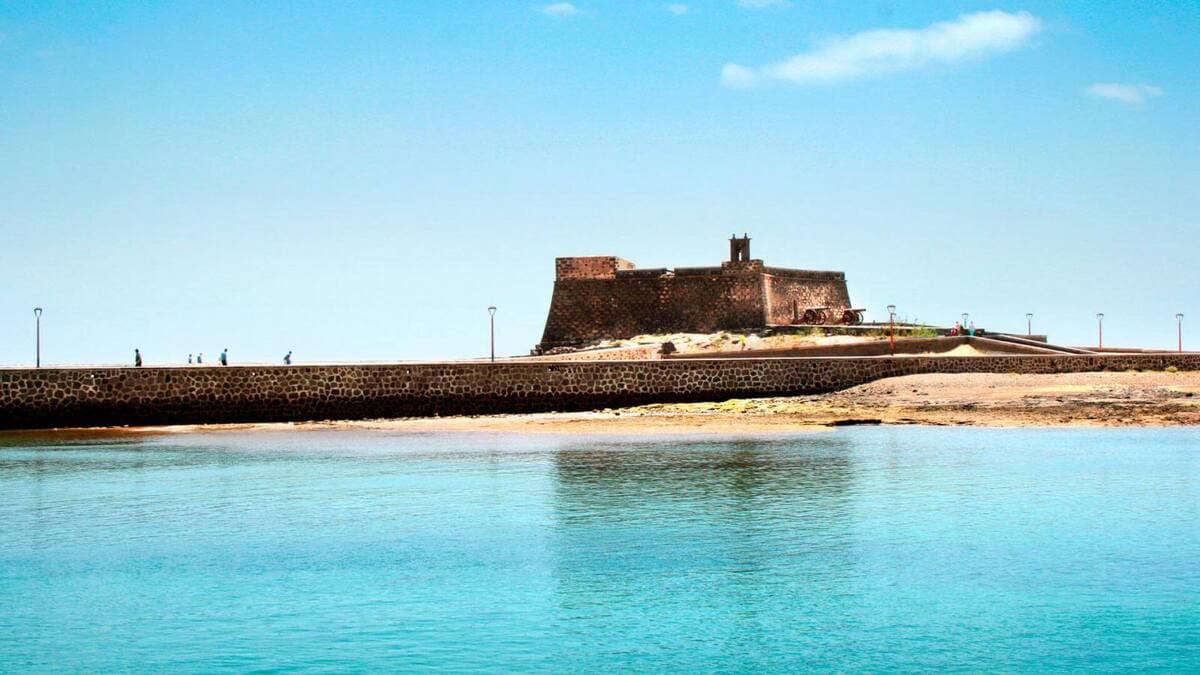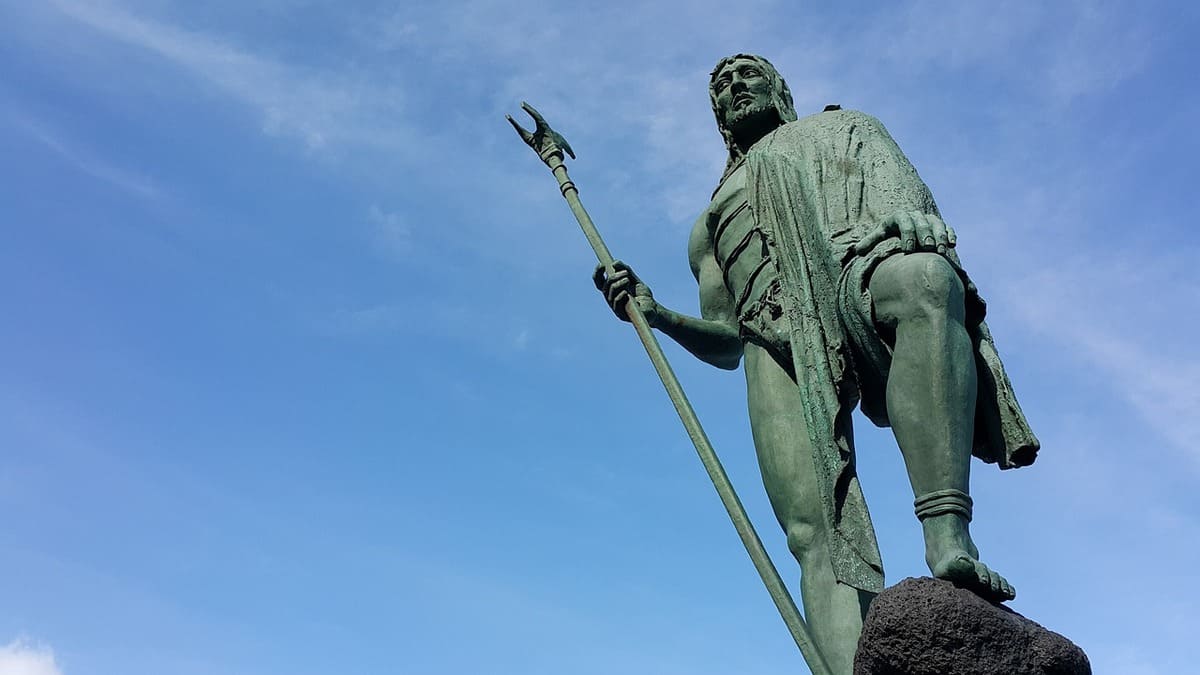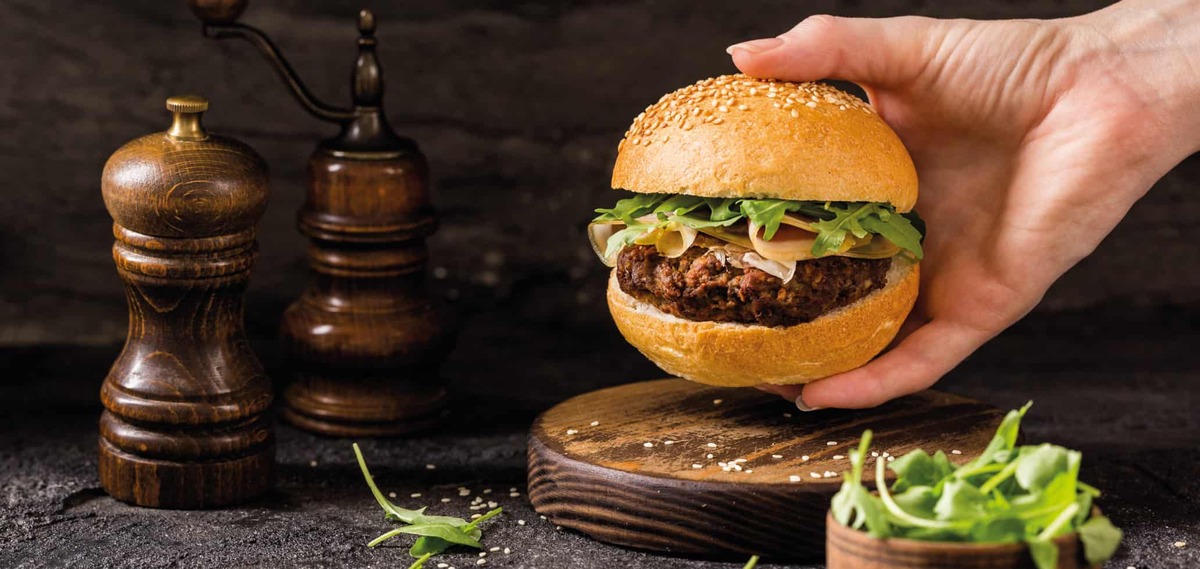Both the well-known suspiros and the bizcocho de Moya are typical recipes from Gran Canaria. Both are made in the village of Moya, in the north of the island.
Moya's confectionery is an example of the tradition and identity of the town and its inhabitants. The production of its sweets goes back several generations and both the recipes and the production methods have been passed down from mothers to daughters and sons. In this way, the companies have acquired a family character over time.
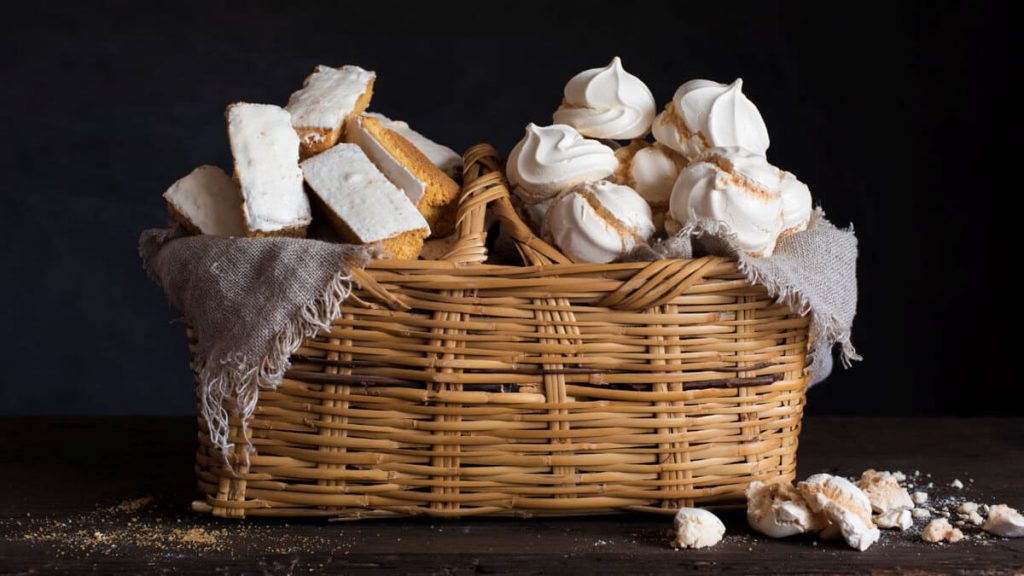
History of the bizcocho de Moya
All these recipes can be traced back to the women in the families, who were originally bakers. They were the ones who began to make various confectionery products in order to earn some money. In this way, the fame of these sweets spread all over the island of Gran Canaria, being typical in celebrations, such as weddings and other festivities.
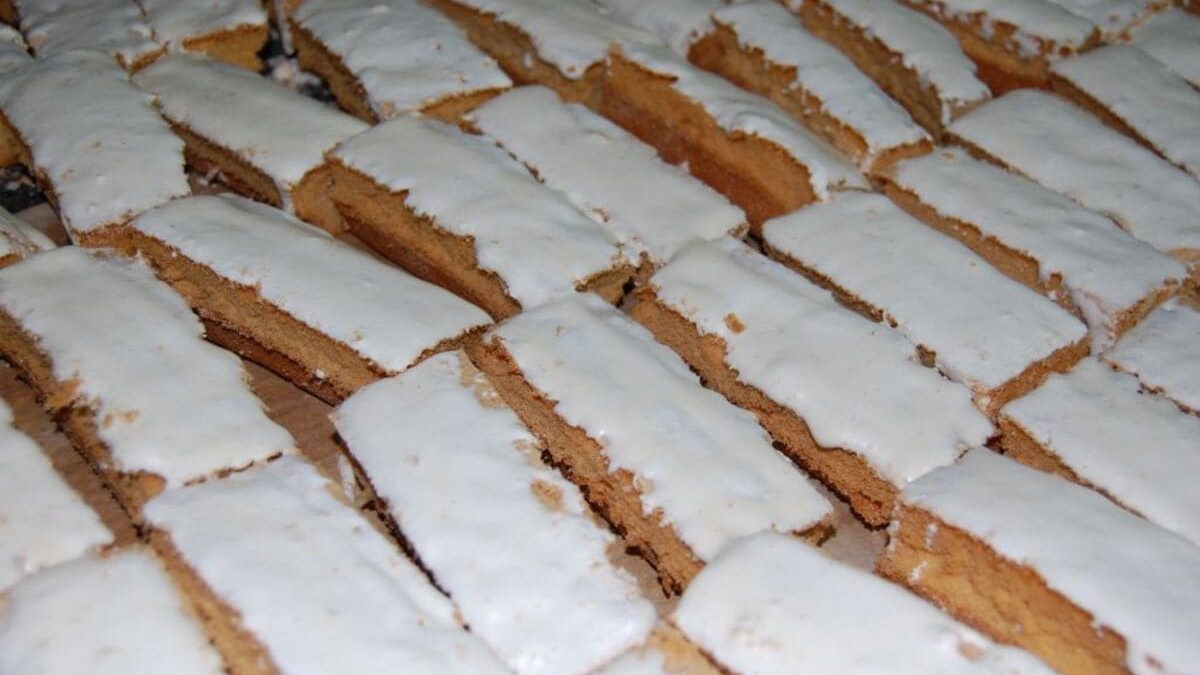
The beginnings of bizcocho de Moya are anecdotal because, although they were made to order, they went to the houses of the neighbours themselves to collect the eggs, flour, lemons and sugar. In short, it was the neighbours who provided the products and the only charge was for the preparation of thebizcocho.
The recipe for bizcocho de Moya has been known since 1930 and it is believed that its creator was Cha Manuela, a resident of the village of Moya, who made her sweets using eucalyptus wood.
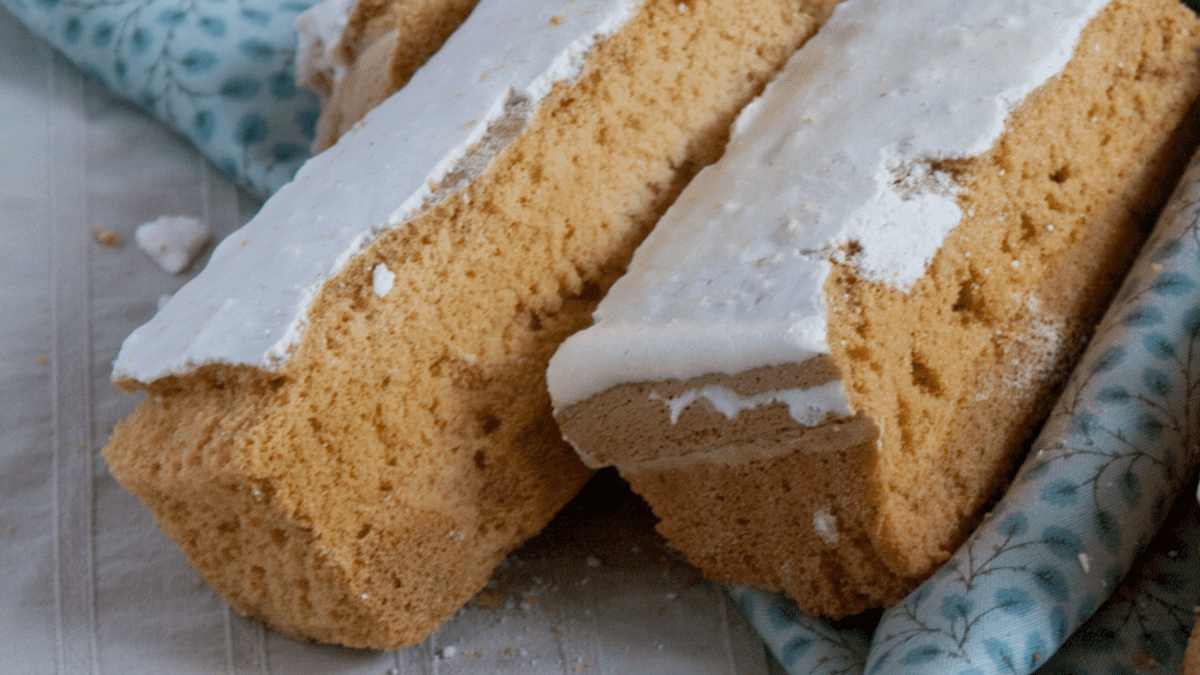
On the other hand, when mentioning the origins of the recipe, it is also necessary to talk about Cha Jacinta. She is credited with the traditional 'polishing' of the biscuits. During the preparation of an order, Jacinta's sweets were burnt and, in order not to throw them away, she used the egg whites of the sighs and applied them to the burnt part of the sponge cakes.
A typical sweet from Gran Canaria
The Moya sponge cake is crunchy due to the white layer of whipped egg white on top. It is also drier than a normal sponge cake, as it is baked twice in the oven. It is precisely this fact that gives it its sponge-like texture.
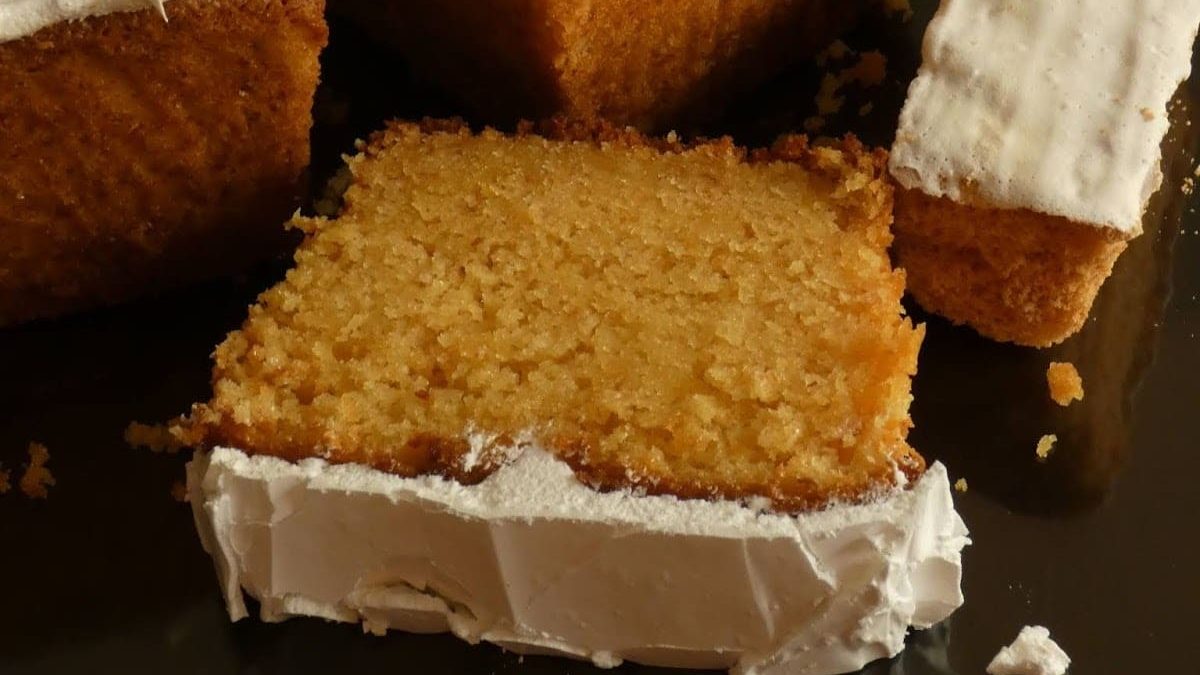
The topping is called "lustre", which is why it is also known as "bizcocho lustrado" (polished sponge cake). The topping, in addition to egg white whipped to stiff peaks, also contains sugar and lemon zest. It is perfect for dipping in milk or chocolate.
How is the Moya sponge cake prepared?
Ingredients
To make the sponge cake: 170 grams of flour; four egg whites; one egg yolk; 140 grams of white sugar; 120 grams of icing sugar; the juice of half a lemon; lemon zest.
Elaboration
First of all, the oven must be preheated to 170 degrees. To make the moya sponge cake, first separate the egg whites from the egg yolks and set them aside. Then, in a large bowl, begin to beat the three egg whites until stiff, adding half of the white sugar. Meanwhile, in another bowl, beat the egg yolk with the rest of the sugar. Also, zest the lemon and set aside.

Next, mix the egg whites with the egg yolks in a separate bowl and add the flour. Add the grated lemon and mix well with wrapping movements to prevent it from dropping. Grease a square cake tin with butter and baking paper and put the mixture in it.
Next, put the mixture in the oven and bake it at 170 degrees for 50 minutes, only with low heat. When there are 15 minutes to go before the end of the cooking time, finish cooking with the heat on top and bottom . Once this time has elapsed, remove from the oven, leave to cool and cut into rectangular pieces.
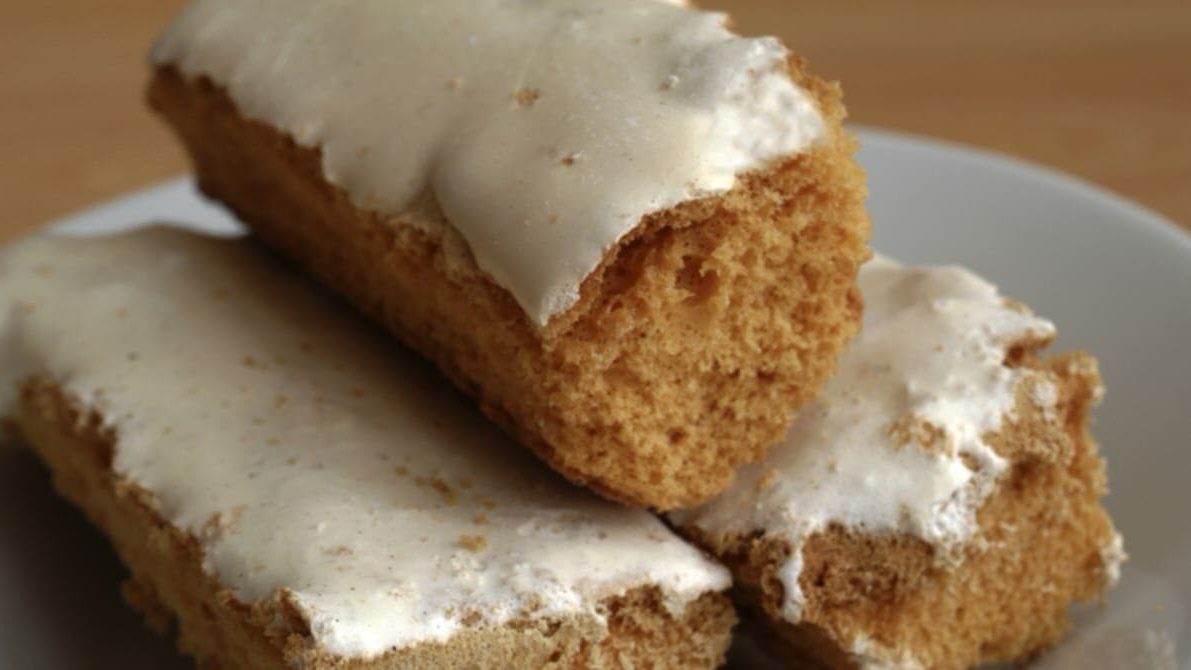
To make the lustre that will accompany our Moya sponge cake, squeeze the lemon to obtain its juice and set half of it aside. Whip the egg whites and, once they have reached this point, add the sieved icing sugar and the remaining lemon juice. Then paint each cut sponge cake.
Put it back in the oven, this time at 150 degrees, with heat up and down, for about an hour. The meringue should have dried out and the biscuits should have lost their moisture. This will give them their delicious texture and they are ready to eat!
If you are interested in Canarian recipes, here are some links for you to consult: Moors and Christians recipe, Creole insignia; Potaje de trigo palmero, a tradition of the Isla Bonita.
Paula Vera
Pictures: abcrecetas.com; tiempodecanarias.com; grancanaria.com
